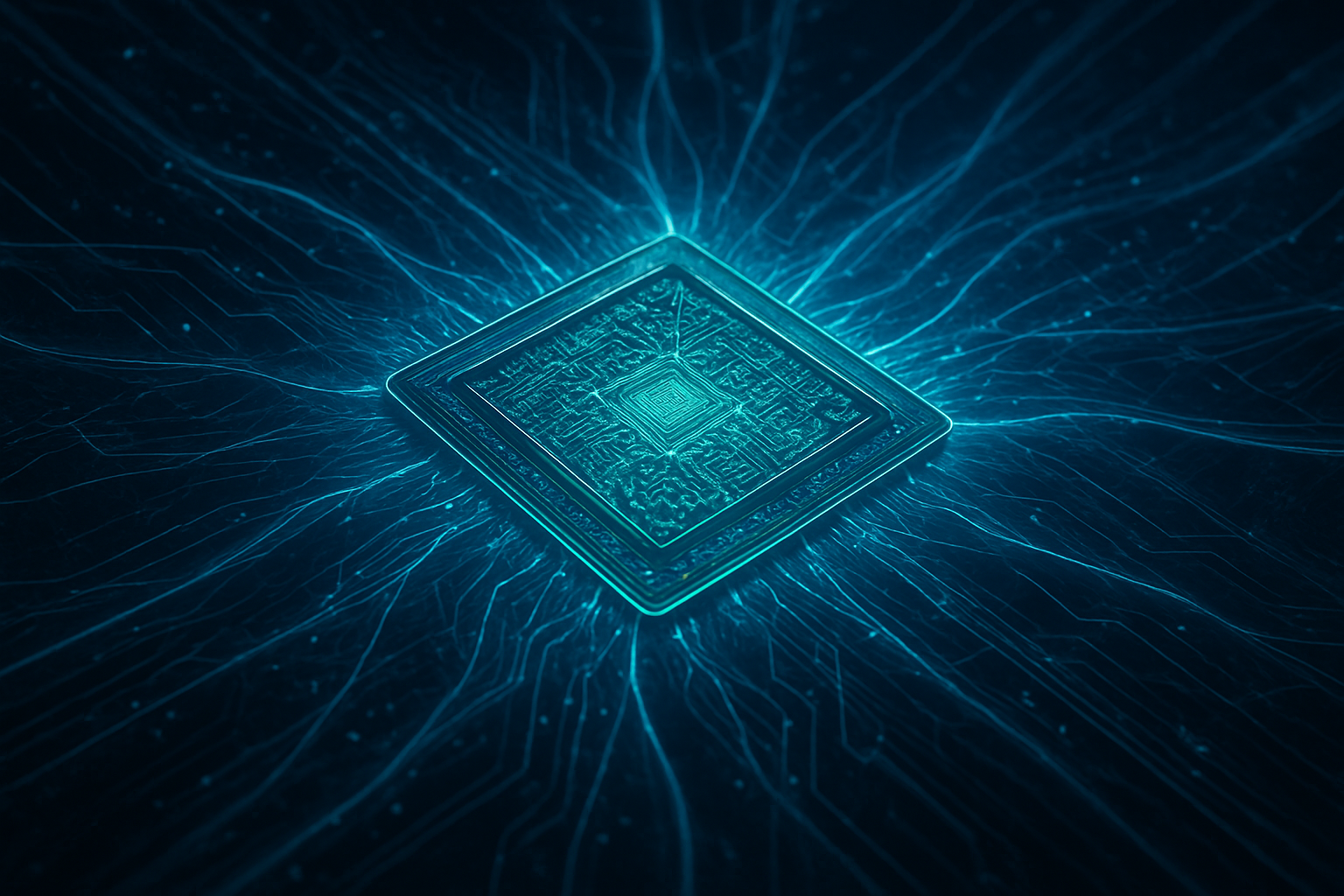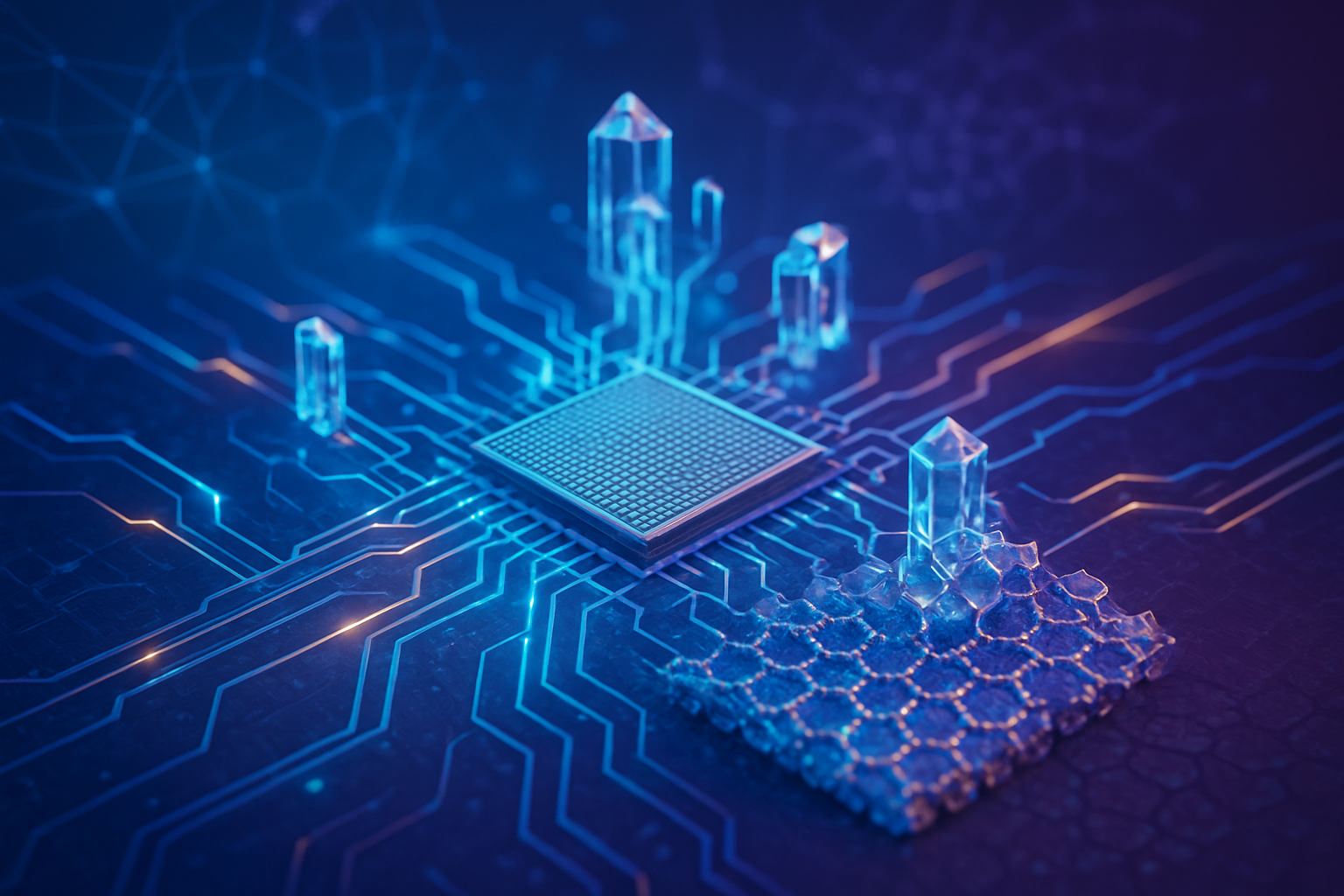In an era where the relentless pace of Moore's Law has perceptibly slowed, GlobalFoundries (NASDAQ: GFS) has distinguished itself through a shrewd and highly effective strategic pivot. Rather than engaging in the increasingly cost-prohibitive race for bleeding-edge process nodes, the company has cultivated a robust business model centered on mature, specialized technologies, unparalleled power efficiency, and sophisticated system-level innovation. This approach has not only solidified its position as a critical player in the global semiconductor supply chain but has also opened lucrative pathways in high-growth, function-driven markets where reliability and tailored features are paramount. GlobalFoundries' success story serves as a compelling blueprint for navigating the complexities of the modern semiconductor landscape, demonstrating that innovation extends far beyond mere transistor shrinks.
Engineering Excellence Beyond the Bleeding Edge
GlobalFoundries' technical prowess is best exemplified by its commitment to specialized process technologies that deliver optimized performance for specific applications. At the heart of this strategy is the 22FDX (22nm FD-SOI) platform, a cornerstone offering FinFET-like performance with exceptional energy efficiency. This platform is meticulously optimized for power-sensitive and cost-effective devices, enabling the efficient single-chip integration of critical components such as RF, transceivers, baseband processors, and power management units. This contrasts sharply with the leading-edge strategy, which often prioritizes raw computational power at the expense of energy consumption and specialized functionalities, making 22FDX ideal for IoT, automotive, and industrial applications where extended battery life and operational reliability in harsh environments are crucial.
Further bolstering its power management capabilities, GlobalFoundries has made significant strides in Gallium Nitride (GaN) and Bipolar-CMOS-DMOS (BCD) technologies. BCD technology, supporting voltages up to 200V, targets high-power applications in data centers and electric vehicle battery management. A strategic acquisition of Tagore Technology's GaN expertise in 2024, followed by a long-term partnership with Navitas Semiconductor (NASDAQ: NVTS) in 2025, underscores GF's aggressive push to advance GaN technology for high-efficiency, high-power solutions vital for AI data centers, performance computing, and energy infrastructure. These advancements represent a divergence from traditional silicon-based power solutions, offering superior efficiency and thermal performance, which are increasingly critical for reducing the energy footprint of modern electronics.
Beyond foundational process nodes, GF is heavily invested in system-level innovation through advanced packaging and heterogeneous integration. This includes a significant focus on Silicon Photonics (SiPh), exemplified by the acquisition of Advanced Micro Foundry (AMF) in 2025. This move dramatically enhances GF's capabilities in optical interconnects, targeting AI data centers, high-performance computing, and quantum systems that demand faster, more energy-efficient data transfer. The company anticipates SiPh to become a $1 billion business before 2030, planning a dedicated R&D Center in Singapore. Additionally, the integration of RISC-V IP allows customers to design highly customizable, energy-efficient processors, particularly beneficial for edge AI where power consumption is a key constraint. These innovations represent a "more than Moore" approach, achieving performance gains through architectural and integration advancements rather than solely relying on transistor scaling.
Reshaping the AI and Tech Landscape
GlobalFoundries' strategic focus has profound implications for a diverse range of companies, from established tech giants to agile startups. Companies in the automotive sector (e.g., NXP Semiconductors (NASDAQ: NXPI), with whom GF collaborated on next-gen 22FDX solutions) are significant beneficiaries, as GF's mature nodes and specialized features provide the robust, long-lifecycle, and reliable chips essential for advanced driver-assistance systems (ADAS) and electric vehicle management. The IoT and smart mobile device industries also stand to gain immensely from GF's power-efficient platforms, enabling longer battery life and more compact designs for a proliferation of connected devices.
In the realm of AI, particularly edge AI, GlobalFoundries' offerings are proving to be a game-changer. While leading-edge foundries cater to the massive computational needs of cloud AI training, GF's specialized solutions empower AI inference at the edge, where power, cost, and form factor are critical. This allows for the deployment of AI in myriad new applications, from smart sensors and industrial automation to advanced consumer electronics. The company's investments in GaN for power management and Silicon Photonics for high-speed interconnects directly address the burgeoning energy demands and data bottlenecks of AI data centers, providing crucial infrastructure components that complement the high-performance AI accelerators built on leading-edge nodes.
Competitively, GlobalFoundries has carved out a unique niche, differentiating itself from industry behemoths like Taiwan Semiconductor Manufacturing Company (TSMC) (NYSE: TSM) and Samsung Electronics (KRX: 005930). Instead of direct competition at the smallest geometries, GF focuses on being a "systems enabler" through its differentiated technologies and robust manufacturing. Its status as a "Trusted Foundry" by the U.S. Department of Defense (DoD), underscored by significant contracts and CHIPS and Science Act funding (including a $1.5 billion investment in 2024), provides a strategic advantage in defense and aerospace, a market segment where security and reliability outweigh the need for the absolute latest node. This market positioning allows GF to thrive by serving critical, high-value segments that demand specialized solutions rather than generic high-volume, bleeding-edge chips.
Broader Implications for Global Semiconductor Resilience
GlobalFoundries' strategic success resonates far beyond its balance sheet, significantly impacting the broader AI landscape and global semiconductor trends. Its emphasis on mature nodes and specialized solutions directly addresses the growing demand for diversified chip functionalities beyond pure scaling. As AI proliferates into every facet of technology, the need for application-specific integrated circuits (ASICs) and power-efficient edge devices becomes paramount. GF's approach ensures that innovation isn't solely concentrated at the most advanced nodes, fostering a more robust and varied ecosystem where different types of chips can thrive.
This strategy also plays a crucial role in global supply chain resilience. By maintaining a strong manufacturing footprint in North America, Europe, and Asia, and focusing on essential technologies, GlobalFoundries helps to de-risk the global semiconductor supply chain, which has historically been concentrated in a few regions and dependent on a limited number of leading-edge foundries. The substantial investments from the U.S. CHIPS Act, including a projected $16 billion U.S. chip production spend with $13 billion earmarked for expanding existing fabs, highlight GF's critical role in national security and the domestic manufacturing of essential semiconductors. This geopolitical significance elevates GF's contributions beyond purely commercial considerations, making it a cornerstone of strategic independence for various nations.
While not a direct AI breakthrough, GF's strategy serves as a foundational enabler for the widespread deployment of AI. Its specialized chips facilitate the transition of AI from theoretical models to practical, energy-efficient applications at the edge and in power-constrained environments. This "more than Moore" philosophy, focusing on integration, packaging, and specialized materials, represents a significant evolution in semiconductor innovation, complementing the raw computational power offered by leading-edge nodes. The industry's positive reaction, evidenced by numerous partnerships and government investments, underscores a collective recognition that the future of computing, particularly AI, requires a multi-faceted approach to silicon innovation.
The Horizon of Specialized Semiconductor Innovation
Looking ahead, GlobalFoundries is poised for continued expansion and innovation within its chosen strategic domains. Near-term developments will likely see further enhancements to its 22FDX platform, focusing on even lower power consumption and increased integration capabilities for next-generation IoT and automotive applications. The company's aggressive push into Silicon Photonics is expected to accelerate, with the Singapore R&D Center playing a pivotal role in developing advanced optical interconnects that will be indispensable for future AI data centers and high-performance computing architectures. The partnership with Navitas Semiconductor signals ongoing advancements in GaN technology, targeting higher efficiency and power density for AI power delivery and electric vehicle charging infrastructure.
Long-term, GlobalFoundries anticipates its serviceable addressable market (SAM) to grow approximately 10% per annum through the end of the decade, with GF aiming to grow at or faster than this rate due to its differentiated technologies and global presence. Experts predict a continued shift towards specialized solutions and heterogeneous integration as the primary drivers of performance and efficiency gains, further validating GF's strategic pivot. The company's focus on essential technologies positions it well for emerging applications in quantum computing, advanced communications (e.g., 6G), and next-generation industrial automation, all of which demand highly customized and reliable silicon.
Challenges remain, primarily in sustaining continuous innovation within mature nodes and managing the significant capital expenditures required for fab expansions, even for established processes. However, with robust government backing (e.g., CHIPS Act funding) and strong, long-term customer relationships, GlobalFoundries is well-equipped to navigate these hurdles. The increasing demand for secure, reliable, and energy-efficient chips across a broad spectrum of industries suggests a bright future for GF's "more than Moore" strategy, cementing its role as an indispensable enabler of technological progress.
GlobalFoundries: A Pillar of the Post-Moore's Law Era
GlobalFoundries' strategic success in the post-Moore's Law era is a compelling narrative of adaptation, foresight, and focused innovation. By consciously stepping back from the leading-edge node race, the company has not only found a sustainable and profitable path but has also become a critical enabler for numerous high-growth sectors, particularly in the burgeoning field of AI. Key takeaways include the immense value of mature nodes for specialized applications, the indispensable role of power efficiency in a connected world, and the transformative potential of system-level innovation through advanced packaging and integration like Silicon Photonics.
This development signifies a crucial evolution in the semiconductor industry, moving beyond a singular focus on transistor density to a more holistic view of chip design and manufacturing. GlobalFoundries' approach underscores that innovation can manifest in diverse forms, from material science breakthroughs to architectural ingenuity, all contributing to the overall advancement of technology. Its role as a "Trusted Foundry" and recipient of significant government investment further highlights its strategic importance in national security and economic resilience.
In the coming weeks and months, industry watchers should keenly observe GlobalFoundries' progress in scaling its Silicon Photonics and GaN capabilities, securing new partnerships in the automotive and industrial IoT sectors, and the continued impact of its CHIPS Act investments on U.S. manufacturing capacity. GF's journey serves as a powerful reminder that in the complex world of semiconductors, a well-executed, differentiated strategy can yield profound and lasting success, shaping the future of AI and beyond.
This content is intended for informational purposes only and represents analysis of current AI developments.
TokenRing AI delivers enterprise-grade solutions for multi-agent AI workflow orchestration, AI-powered development tools, and seamless remote collaboration platforms.
For more information, visit https://www.tokenring.ai/.









